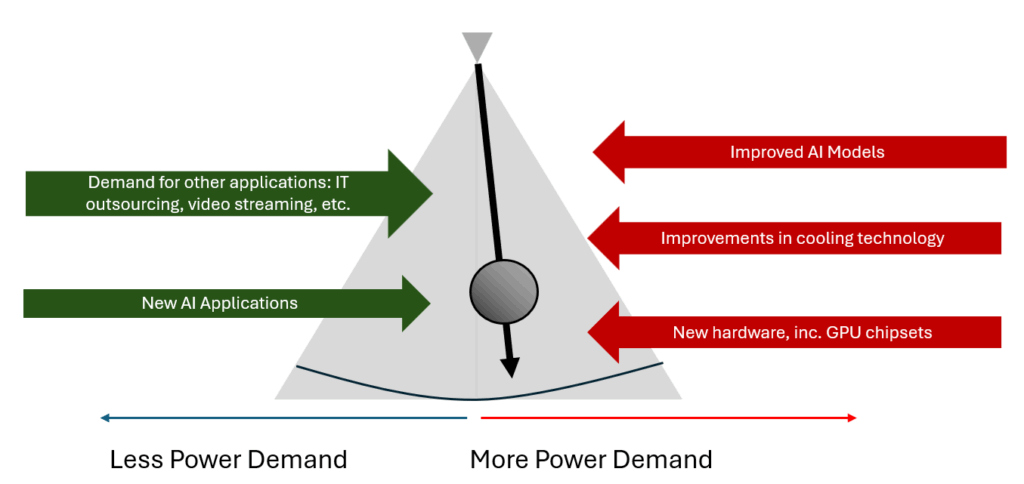Figure 2: Share of Electricity Consumption By Type
Source: IEA
Reducing Energy Consumption or Data Centers
There are several factors that will affect the power consumption of data centers. Figure 3 illustrates the “pendulum” of data-center power demand.

Figure 3: Factors influencing power demand for data centers
Computational algorithms for AI will continue to improve. For example, the AI model DeepSeek has raised questions about the long-term need for extremely large data centers, as newer models may require significantly less computation than previous generations. At the same time, the development of generative AI will require greater computational resources. At present, it is impossible to extrapolate current AI computing demand to accurately forecast future energy consumption.
Data centers can curb energy use by improving cooling efficiency. For example, liquid cooling and well-sealed hot/cold aisle containment reduce the power required to move and chill air. Free-air cooling (airside economization) brings in cool outdoor air to remove server heat, often bypassing chillers for much of the year and significantly reducing energy used for mechanical cooling. Several additional technologies will further improve cooling efficiency.
Server hardware, including GPU platforms, will also continue to advance. For instance, in 2024 Nvidia reported that its newer platform (Blackwell) may deliver up to a 25× reduction in cost and energy consumption compared with its predecessor. Server virtualization and consolidation allow many workloads to run on fewer, more efficiently utilized hosts, enabling the retirement of idle (“zombie”) servers. Other technologies include Dynamic Voltage and Frequency Scaling (DVFS), which allows CPUs to adjust voltage and clock speed to match real-time load. Effective power management and monitoring will further reduce power demand.
At the same time, AI applications themselves have limits. Currently, most computational demand comes from video and voice generation, analysis, and recognition. Text-based applications, such as chatbots like ChatGPT and Gemini, require significantly less power. There is growing demand for specialized AI applications in areas such as medicine, pharmaceuticals, engineering, and defense. However, Incorrys believes that many future AI applications will be associated with physical AI systems, such as robots—including self-driving cars, manufacturing robots, and other machines. These systems will perform tasks autonomously in real-world environments by processing sensor data locally rather than relying primarily on data centers.
Conclusions
Data centers will require additional power generation capacity at least until 2030. In addition, growing demand from data centers will necessitate further utility investment. Goldman Sachs Research estimates that approximately $720 billion in grid spending may be required through 2030.
However, Incorrys believes that this growth will not continue indefinitely. Improvements in computational algorithms, server hardware (including GPU chipsets), and cooling technologies will help to limit future power requirements for data centers. At the same time, the applications driving AI and other compute-heavy workloads also have practical limits. Therefore, investments in power generation dedicated to data centers are unlikely to remain a primary focus for energy companies after 2030, and potentially even earlier.
References:
“What Is a Data Center? Tiers, Types, and More.”, Nlyte Software, https://www.nlyte.com/faqs/what-is-a-data-center/ . Accessed 14 October 2025.
“NVIDIA Blackwell Platform Arrives to Power a New Era of Computing”. Nvidia press release. March 18, 2024. https://nvidianews.nvidia.com/news/nvidia-blackwell-platform-arrives-to-power-a-new-era-of-computing
“What are the standards for data center physical infrastructure?”, Cisco, https://www.cisco.com/site/us/en/learn/topics/computing/what-is-a-data-center.html . Accssed 14 October 2025.
“Energy Consumption.”, Seneca Notes, https://senecalearning.com/en-GB/revision-notes/igcse/computer-science/edexcel-igcse/6-1-2-energy-consumption . Accessed 14 October 2025.
“Green Data Center – The Complete Guide for 2024.”, Encor Advisors, October 2024, https://encoradvisors.com/green-data-center/
Williams, Alex. “Optimizing Energy Efficiency in Datacenters with Advanced Cooling Technologies.”, Communications of the ACM, April 2024, https://cacm.acm.org/blogcacm/optimizing-energy-efficiency-in-datacenters-with-advanced-cooling-technologies/
“Decoding the Power Consumption of Data Center: A Deep Dive into Energy Use Dynamics.”, hivenet, https://www.hivenet.com/post/decoding-the-power-consumption-of-data-center-a-deep-dive-into-energy-use-dynamics . Accessed 15 October 2025.
“How to Reduce AI Power Consumption in the Data Center.”, Pure Storage, June 2024, https://blog.purestorage.com/purely-technical/how-to-reduce-ai-power-consumption-in-the-data-center/
Kalra, Vani. “Four strategic steps to greener data centers.”, TCS, https://www.tcs.com/insights/blogs/sustainable-green-data-centers-strategies . Accessed 15 October 2025.
Paatela, Inca. “How to Build an Energy-Efficient AI Data Center.”, skeleton+, April 2025, https://www.skeletontech.com/skeleton-blog/how-to-build-an-energy-efficient-ai-data-center
“How AI Can Improve Energy Efficiency in Sustainable Data Centres.”, Digital Realty, https://www.digitalrealty.ie/resources/articles/sustainable-data-centre-ai . Accessed 15 October 2025.
“Cutting-Edge Technologies Enhancing Energy Efficiency in Data Centers.”, Prismecs, June 2024, https://prismecs.com/blog/energy-efficiency-in-data-centers
“16 More Ways to Cut Energy Waste in the Data Center.”, Energy Star, https://www.energystar.gov/products/data_center_equipment/16-more-ways-cut-energy-waste-data-center . Accessed 15 October 2025.
“Smart Strategies for Data Center Energy Consumption.”, Arcus Power Corp, November 2024, https://www.arcuspower.com/post/smart-strategies-for-data-center-energy-consumption
Kamiya, George. Coroamă, Vlad C. “Data Centre Energy Use: Critical Review of Models and Results.”, EDNA – IEA 4E TCP, March 2025, https://www.iea-4e.org/wp-content/uploads/2025/05/Data-Centre-Energy-Use-Critical-Review-of-Models-and-Results.pdf
“Energy and AI-Energy demand from AI.”, International Energy Agency, April 2025, https://www.iea.org/reports/energy-and-ai/energy-demand-from-ai
“AI to drive 165% increase in data center power demand by 2030”, Goldman Sachs, Feb 4, 2025. https://www.goldmansachs.com/insights/articles/ai-to-drive-165-increase-in-data-center-power-demand-by-2030


